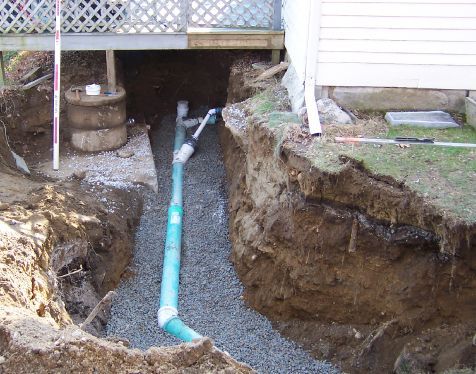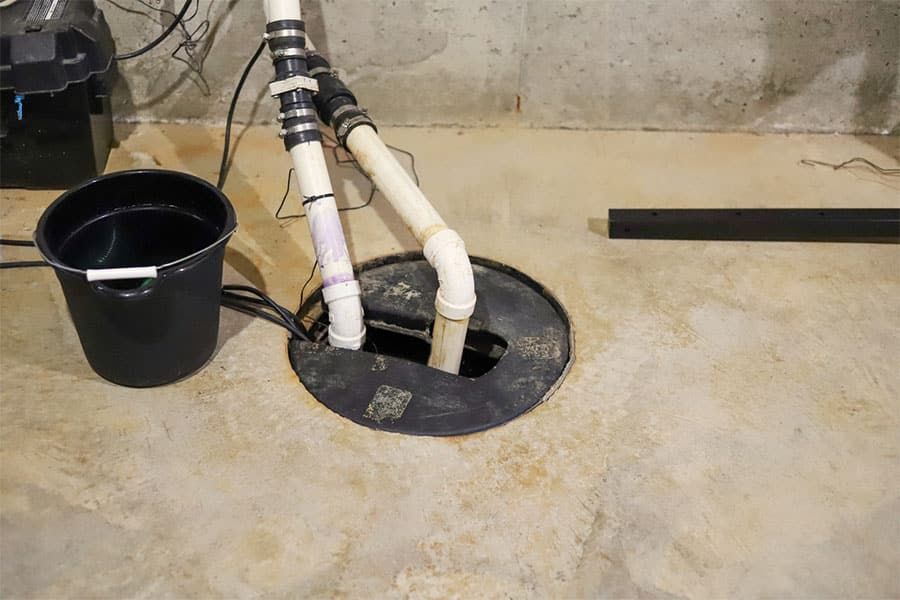The Role of Expansion Tanks in Preventing Water Heater Damage
Water heaters are essential to modern living, but they require specific systems to maintain safe and efficient operation. One crucial component is the expansion tank. Often overlooked, expansion tanks play a key role in protecting your water heater from potential damage caused by excess pressure. This in-depth guide explains what expansion tanks are, how they work, and why they’re vital for your water heater’s health. If you need professional Expansion Tank services, get in touch now!
How to Maintain Your Home's Expansion Tank
1. What Is an Expansion Tank?
Definition:
An expansion tank is a small, secondary tank installed near your water heater. Its purpose is to handle the expansion of water as it heats up, preventing excessive pressure from building up within the water heater and plumbing system.
Components of an Expansion Tank:
Outer Shell: Made of durable metal.
Inner Bladder: A rubber bladder inside separates air from the water.
Air Valve: Located on the top, this valve allows for air pressure adjustments, ensuring optimal performance.
2. Why Water Heaters Need Expansion Tanks
Thermal Expansion:
When water heats up, it expands—a process known as thermal expansion. In a closed plumbing system, like those with a check valve or backflow preventer, there’s no way for this extra volume to escape. This increased pressure puts significant strain on the water heater and plumbing, potentially causing leaks, cracks, or premature failure.
Expansion Tank Role:
An expansion tank absorbs this excess pressure, protecting your water heater, pipes, and fixtures. The tank's air-filled bladder compresses to accommodate the expanding water, relieving pressure in the system and keeping it within safe limits.
3. How Expansion Tanks Work
Step-by-Step Operation:
When the water heater heats the water, it expands.
This expansion creates additional pressure that would normally strain the water heater tank.
The expansion tank, connected to the main water line near the heater, allows the extra water to flow into its air-filled bladder.
As the water flows in, the bladder compresses, balancing the pressure by allowing the water to expand safely.
Balanced Pressure Maintenance:
By absorbing fluctuations in water pressure, the expansion tank protects plumbing fixtures and ensures water heaters operate safely and efficiently.
4. Benefits of an Expansion Tank
a. Protects Your Water Heater
Reduces strain on the water heater by controlling pressure.
Prevents leaks and cracks that can develop from repeated pressure surges.
b. Extends Plumbing System Life
By absorbing pressure spikes, expansion tanks protect the entire plumbing system, extending the lifespan of pipes, joints, and fixtures.
c. Enhances Water Heater Efficiency
Maintaining balanced pressure helps the water heater perform optimally, leading to consistent hot water output and potentially lowering energy costs.
d. Prevents Safety Risks
High pressure can lead to dangerous leaks and ruptures. Expansion tanks mitigate these risks, making your home safer.
5. Signs You May Need an Expansion Tank
Unusual Water Heater Noises:
If you hear banging or rumbling sounds, your water heater may be under pressure strain, signaling the need for an expansion tank.
Frequent Dripping from Temperature and Pressure Relief Valve (T&P Valve):
The T&P valve opens to release excess pressure. If it’s frequently dripping, the pressure is too high, and an expansion tank may be necessary to handle the load.
Visible Leaks Around the Water Heater or Pipes:
Pressure buildup can lead to leaks or even rupture of pipes. An expansion tank can alleviate the strain causing these leaks.
Inconsistent Water Pressure:
Fluctuating pressure when using hot water may indicate the need for an expansion tank to stabilize the system.
6. Types of Expansion Tanks and Choosing the Right One
Residential Expansion Tanks:
Available in various sizes to suit different water heater capacities, residential expansion tanks are generally small, compact units.
Commercial Expansion Tanks:
These are designed for larger water systems, offering more capacity to manage high levels of thermal expansion.
Sizing Considerations:
Choosing the right expansion tank size is critical. A tank that’s too small won’t properly relieve pressure, while an oversized one may be unnecessary.
7. Installing and Maintaining Your Expansion Tank
Installation Tips:
The expansion tank should be installed close to the water heater, ideally on the cold water supply line.
Use appropriate fittings and secure the tank firmly to avoid movement or damage.
If your plumbing system has a check valve or backflow preventer, installation of an expansion tank becomes even more crucial.
Maintenance Needs:
Inspect for Leaks: Check for water around the tank and fittings regularly.
Monitor Air Pressure: Use a gauge to ensure the air pressure inside the tank matches the water pressure (usually around 40-60 PSI).
Replace When Necessary: Expansion tanks typically last 5-10 years, depending on water quality and system demands.
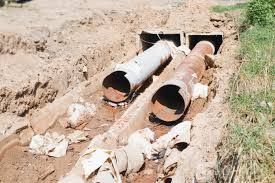
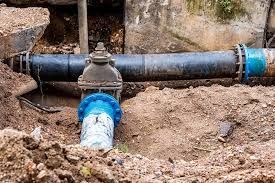

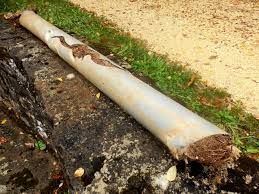

CONTACT INFORMATION
Office:
855-266-7682
Email:
service@AllCityPlumbers.com
Address: 6694 Oak Ridge Commerce Way, Austell, GA 30168
Business Hours:
Mon - Sun 24 Hours
OUR SERVICES
© 2022 All Rights Reserved|All City Plumbers Privacy Policy | Terms & Conditions | Sitemap

